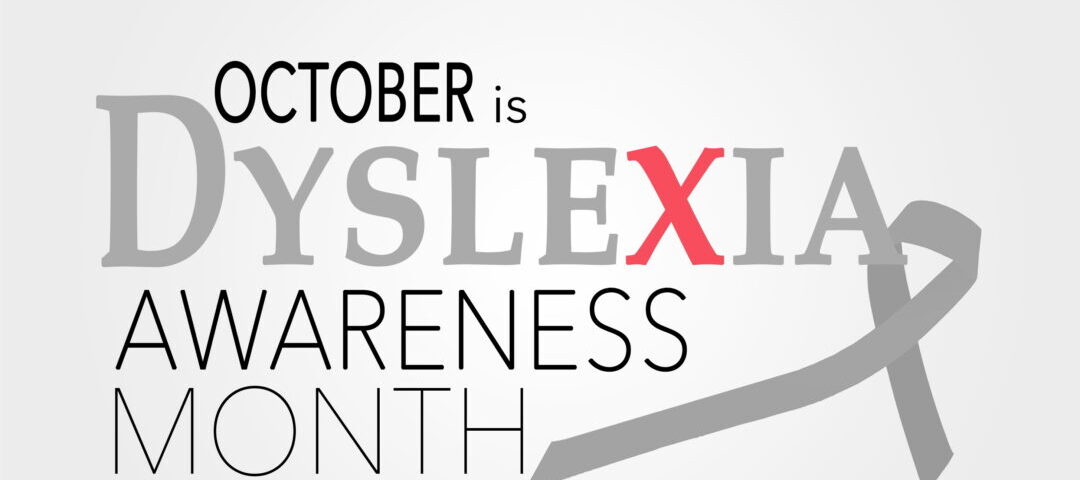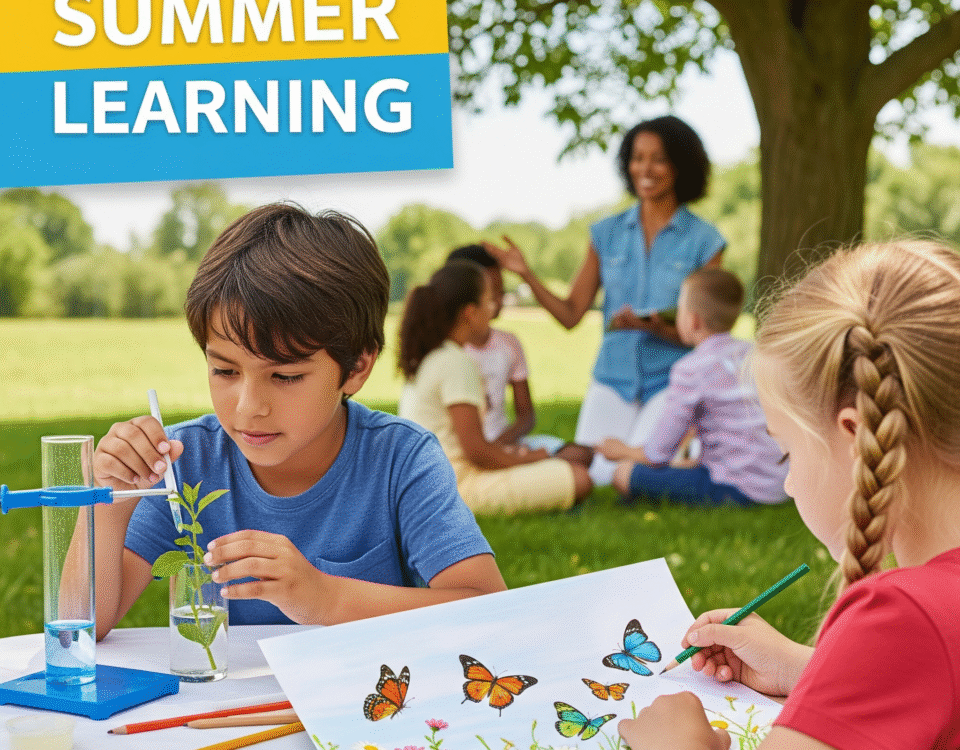- Have any questions?
- (561) 206-2574
- jamie@JamieTheTutor.com
Dyslexia Awareness

Music and Learning
September 12, 2021
ADHD & Executive Functioning
October 13, 2021Dyslexia Awareness

October is Dyslexia awareness month, grey background
According to the Annie E. Casey Foundation, almost 9 out of 10 high school dropouts were struggling readers in third grade. In addition, the National Assessment of Adult Literacy describes that 7 out of 10 prison inmates cannot read above a fourth-grade level. Jamie The Tutor believes that by giving children access to Orton-Gillingham based programming from early childhood and beyond, they will become proficient in reading and illiteracy can be solved. She has seen many children with dyslexia succeed.
Did you know that dyslexia affects up to one in every five students in the United States? Dyslexia is one of the most common learning disorders, although it frequently remains undiagnosed in our educational system. Is it tough for your child to decode or sound out words? Is your child taking so long to sound out words that they are losing track of what they are reading? Your child may have dyslexia if this is the case.
According to the International Dyslexia Association, “Dyslexia is a specific learning disability that is neurobiological in origin. It is characterized by difficulties with accurate and/or fluent word recognition and by poor spelling and decoding abilities. These difficulties typically result from a deficit in the phonological component of language that is often unexpected in relation to other cognitive abilities and the provision of effective classroom instruction. Secondary consequences may include problems in reading comprehension and reduced reading experience that can impede growth of vocabulary and background knowledge.”
Children with dyslexia have difficulties matching sounds to symbols. As a result, matching the correct letter sound to the corresponding letter symbol can be difficult for them. Letter and sound combinations are progressively developed in our English language. Difficulties with certain letter sound combinations lead to sluggish and laborious word decoding, which has an impact on all other aspects of literacy, including vocabulary growth and comprehension. While dyslexic children have difficulty learning to read, this is in no way a reflection of their ability. Dyslexic children are frequently clever and imaginative thinkers.
What are the Characteristics of Dyslexia?
According to Dr. Sally Shaywitz of the Yale Center for Dyslexia and Creativity, here are some of the most common signs and symptoms of dyslexia excerpted from her book Overcoming Dyslexia (pp. 122-123):
Preschool
- Trouble learning common nursery rhymes, such as “Jack and Jill”
- Difficulty learning (and remembering) the names of letters in the alphabet
- Seems unable to recognize letters in his/her own name
- Mispronounces familiar words; persistent “baby talk”
- Doesn’t recognize rhyming patterns like cat, bat, rat
- A family history of reading and/or spelling difficulties (dyslexia often runs in families)
Kindergarten and First Grade
- Reading errors that show no connection to the sounds of the letters on the page; will say “puppy” instead of the written word “dog” on an illustrated page with a picture of a dog
- Does not understand that words come apart
- Complains about how hard reading is; “disappears” when it is time to read
- A history of reading problems in parents or siblings
- Cannot sound out even simple words like cat, map, nap
- Does not associate letters with sounds, such as the letter b with the “b” sound
Second Grade through High School
- Very slow in acquiring reading skills. Reading is slow and awkward
- Trouble reading unfamiliar words, often making wild guesses because he/she cannot sound out the word
- Doesn’t seem to have a strategy for reading new words
- Avoids reading out loud
What is the Effective Method of Instruction for Children with Dyslexia?
Children with dyslexia require the Orton-Gillingham method of instruction. The Orton-Gillingham technique was developed in the early twentieth century by Samuel T. Orton, a neuropsychiatrist and pathologist at Columbia University, and Anna Gillingham, an educator and psychologist at Columbia University. Orton- Gillingham is a multimodal and highly organized method to reading. All of the learning modalities (visual, auditory, kinesthetic, and tactile) are engaged simultaneously as children learn the laws of the English language in a systematic and cumulative manner.
This form of education can help children become successful and fluent readers. In order to give Orton- Gillingham education effectively, this approach to reading necessitates training, progress tracking, and support. Children with dyslexia are not usually detected due to the lack of extensive training for all teachers. The earlier reading impairments in children are identified, the better the outcome.

